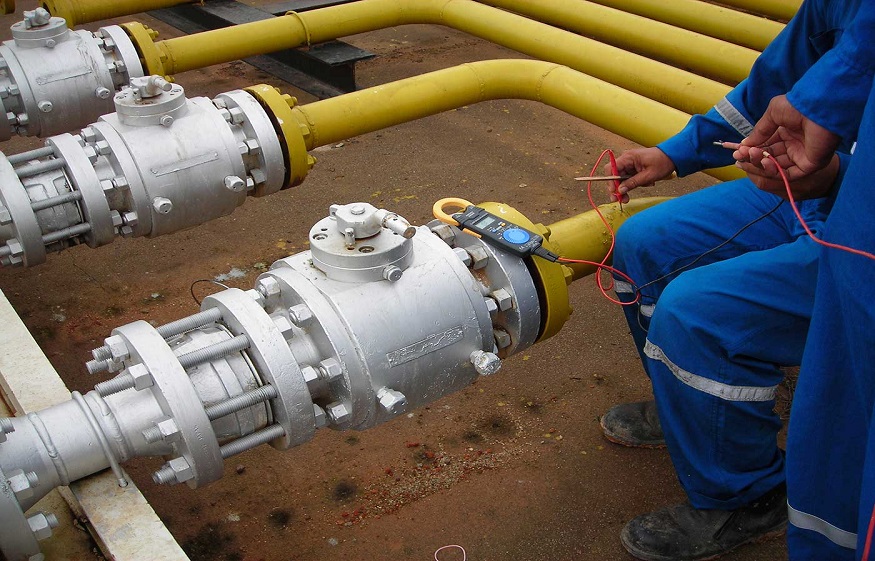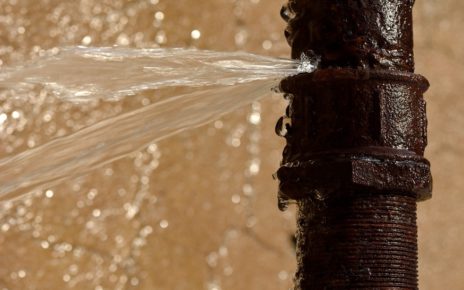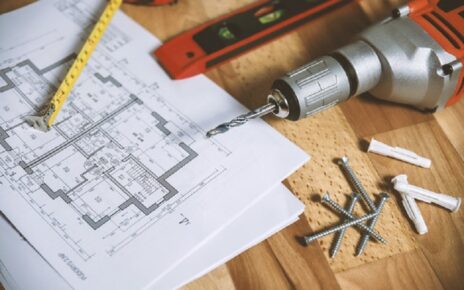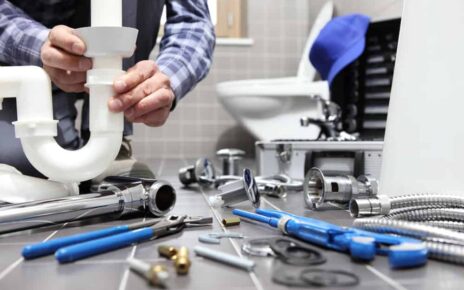Leaks embody the majority of concerns you may run into with your house plumbing system. Any type of harmed part runs the risk of inducing leaks. While leaks are usually easy to detect and fix, specifically those that originate from visible plumbing components such as a tap and shower, there are particular instances in which finding them might prove tough.
Leaks coming from the pipes are generally the most challenging to find, due to the fact that pipes are usually hidden underneath the sink, behind huge fittings, or even within the walls. Typically, you would need the help of water leakage Singapore professionals to find and confirm leakages behind your walls. With their higher grade equipment, they can detect spikes in moisture or damp levels which are indicative of some sort of leaks behind your walls.
Danger posed to the structure
The biggest risk of water infiltration to architectural soundness is when moisture has reached the building’s steel structure, which belongs to the structure’s base. Architectural steel should last several life times, yet when it’s not appropriately protected, the steel will corrode. And when it does, it bulges.
The steel corrosion will push into the room around it, inducing pieces of concrete to split exacerbating the issues (as more dampness can get it). When left unrectified, the deterioration can induce different kinds of structural damage such as cracks on both exterior and interior wall surfaces, broken arch bars of doors, breaking stonework and displacement of door/window frames.
First aid for pipe leakages
If you don’t know just how to fix the pipeline leakage or you don’t have the right devices in your home, you can execute a number of temporary steps to cease the leak at the very least till the plumbing technician arrives.
Read more: Here’s What No One Tells You About Auckland PlumbingAttempt wrapping water-proof tape over the damaged area or scrubbing the hole with a compound stick. Epoxy paste or a self-tapping plug may additionally be used.
Be aware of the most vulnerable portions
Elbow
A suitable that is bent in a variety of degrees to help water or various other fluids flow to a different direction.
Sleeve
A type of connection that includes a screw-like clamp and a rubber interior.
Plug and Cap
Both are sorts of stopper, except a plug has male threads, while a cap has female threads.
Reducer
A kind of fitting that helps in reducing the circulation of water or the quantity of water being pull from one pipeline to another.
Tee
Unlike a cross, a tee only has an inlet and 2 outlets, which creates the letter “T”.
Union
With the same function as a coupling, other than it is a short-term fitting, which means it can be conveniently removed when necessary.




